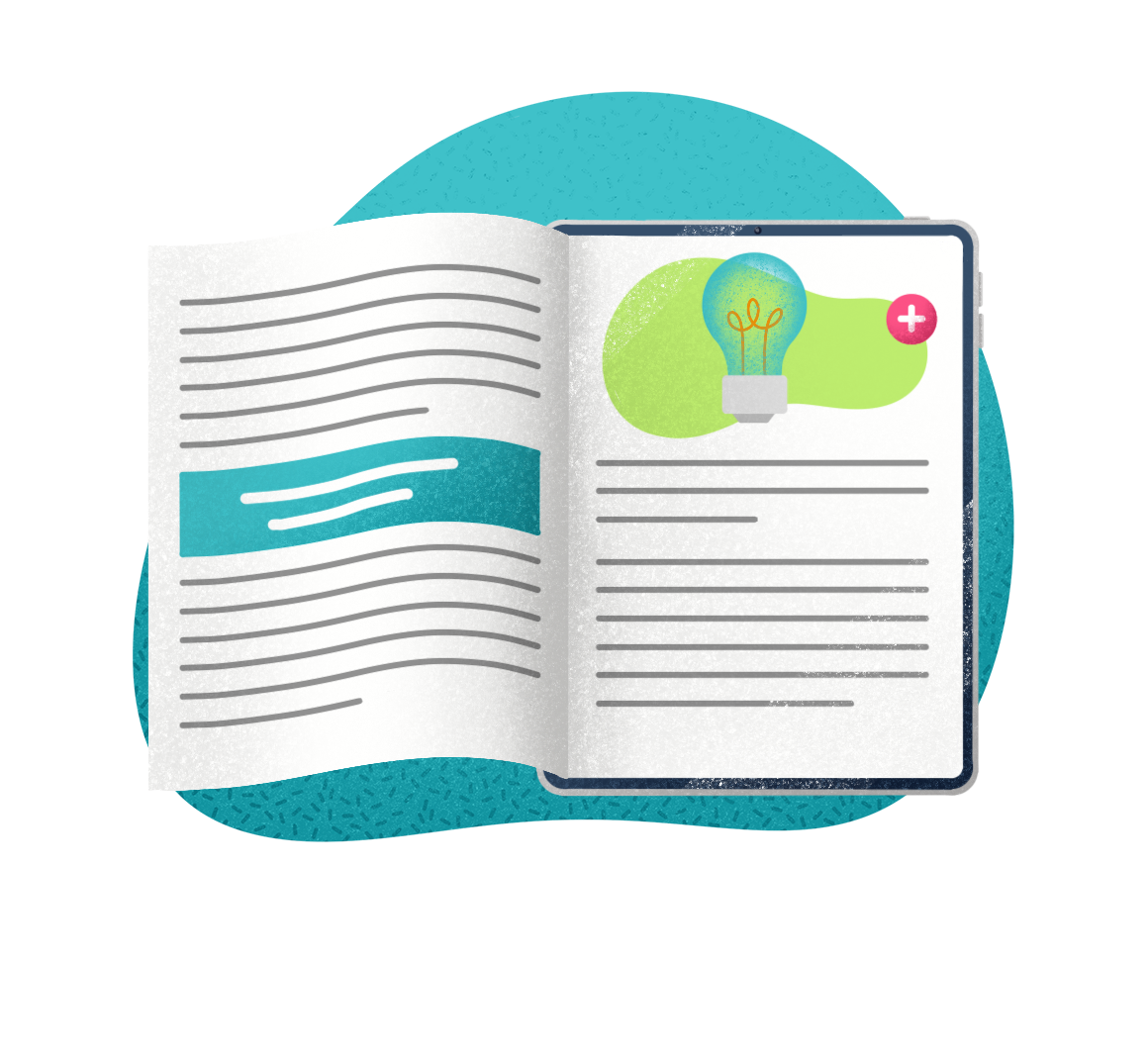The need for robust ITSM monitoring solutions has become increasingly apparent. Now, more than ever, organizations like yours are striving to deliver seamless digital experiences to their users. With it, Digital Experience Monitoring (DEM) has emerged as a critical component to the success of these much-needed monitoring solutions.
This blog will cover the significance of DEM in ITSM and ITIL, explore its functionalities, benefits, implementation strategies, and future outlooks.
Understanding Digital Experience Monitoring (DEM)
Digital Experience Monitoring (DEM) uses a set of tools and techniques designed to monitor and analyze the end-user experience across various digital channels and platforms. In short, DEM uses tech solutions to monitor and identify where technology will fail within the product’s UX, from the perspective of the end-user. It provides IT teams with real-time insights into the performance, availability, and reliability of digital services, applications, and infrastructure components.
Traditional product monitoring solutions fail to capture the holistic view of the user experience. Instead, old methods primarily focus on the health and performance of individual IT components such as servers, networks, and applications—essential metrics, that often fail to capture the end-user experience. With DEM, it becomes a user-centric approach. One where factors like response times, latency, usability, and overall satisfaction are used to gauge the quality of digital interactions that include both product-specific and user-centric metrics. This added data leads to a better understanding of what the product needs to improve and how the business can adapt.
The Role of DEM in ITSM and ITIL
DEM plays a pivotal role in aligning IT services with business objectives and ensuring optimal user satisfaction. Why? Because by monitoring the digital experience from end-to-end, organizations can identify and address performance bottlenecks, service disruptions, and usability issues before they escalate into major incidents.
One of the fundamental principles of ITIL is the focus on delivering value to customers through the effective management of services and resources. DEM enables ITIL practitioners to measure and quantify the value delivered to end-users, across different touchpoints. When integrating organizations can enhance service delivery, streamline incident management processes, and drive continuous improvement initiatives.
Key Features and Functionalities of DEM
Current DEM solutions offer a range of features and functionalities that are tailored to meet the diverse needs of ITSM and ITIL environments. Key capabilities of DEM include:
- End-to-End Visibility: DEM provides comprehensive visibility into the entire digital service delivery chain (infrastructure, applications, and end-user devices).
- Real-Time Monitoring: Real-time monitoring capabilities enable IT teams to detect and respond to performance issues and service disruptions as they occur—minimizing downtime and mitigating impacts on user productivity.
- User Experience Analytics: DEM platforms leverage advanced analytics and machine learning algorithms to analyze user interactions and behaviors. This allows organizations to gain deeper insights into user preferences, patterns, and pain points.
- Performance Benchmarking: By establishing performance benchmarks and service level objectives (SLOs), organizations can track performance metrics against predefined targets and identify areas for product improvement.
- Root Cause Analysis: DEM facilitates root cause analysis by correlating performance data across different layers of the IT stack, helping IT teams pinpoint the underlying causes of performance degradation and service outages.
- Proactive Alerting and Notification: DEM solutions proactively alert IT teams to potential issues and anomalies, enabling them to take preemptive action before users are impacted—increasing the user experience by reducing the chances of users having to deal with downtime or any issues (if they can be resolved before impacting users).
5 Benefits of Implementing DEM in ITSM and ITIL
The integration of DEM into ITSM and ITIL frameworks into your business offers several tangible benefits to optimize your digital service delivery processes:
- Enhanced User Satisfaction: Organizations who prioritize the user experience can improve user satisfaction levels, foster customer loyalty, and differentiate themselves in the marketplace (read: increase their revenue).
- Faster Incident Resolution: DEM enables IT teams to proactively identify and troubleshoot performance issues—reducing mean time to resolution (MTTR) and the impact of service disruptions on business operations.
- Optimized Resource Utilization: By gaining visibility into resource utilization patterns and performance bottlenecks, organizations can optimize their IT infrastructure investments and allocate resources more efficiently.
- Improved Decision-Making: DEM provides IT leaders and stakeholders with actionable insights and performance metrics. This data empowers them to make data-driven decisions, not just assumptions, that prioritize investments based on business impact
- Alignment with Business Objectives: By aligning IT services with your business objectives and user expectations, you can drive digital transformation initiatives, enhance competitiveness, and create value for your stakeholders.
Implementing DEM in ITSM and ITIL Environments
Successful implementation of digital experience monitoring requires careful planning, collaboration, and alignment with organizational goals and priorities. Here are some key steps to consider:
- Assessment and Requirements Gathering: Conduct a thorough assessment of existing ITSM and ITIL processes, infrastructure, and monitoring capabilities to identify gaps and define requirements for DEM integration.
- Vendor Evaluation and Selection: Evaluate DEM vendors and solutions based on criteria such as scalability, reliability, ease of integration, and support for industry standards and best practices. Find one that fits your needs and budget best.
- Pilot Deployment and Testing: Start with a pilot deployment of DEM in a controlled environment to assess its effectiveness, validate performance metrics, and gather feedback from stakeholders. This will allow you to successfully understand how each part of DEM impacts your business and what you need to do to ensure it aligns with your goals.
- Integration with ITSM and ITIL Tools: Integrate DEM seamlessly with your existing ITSM and ITIL tools and workflows. To ensure interoperability, data consistency, and alignment with service management processes, make sure you don’t rush this part!
- Training and Knowledge Transfer: Provide training and knowledge transfer sessions to IT staff and other key stakeholders to ensure they are proficient in using DEM tools and interpreting the performance data. Plan both live (in-person or virtual) training sessions and provide documentation in your internal knowledge base for any additional follow-up support employees may need.
- Continuous Improvement and Optimization: Implement a continuous improvement framework to monitor and measure the effectiveness of DEM in driving business outcomes and delivering value to your end-users. Schedule a routine update in your calendar with key stakeholders to review the data and make any changes required to better fit your needs.
DEM Future Trends
As technology across all fields and industries continues to evolve, several emerging trends and considerations are shaping the future of DEM in ITSM and ITIL:
- AI and Machine Learning: Integrating AI and machine learning capabilities into DEM platforms enables predictive analytics, anomaly detection, and automated remediation—enhancing proactive monitoring and incident management.
- Cloud-Native Architectures: With the proliferation of cloud-native architectures and microservices-based applications, DEM solutions must adapt to monitor dynamic, distributed environments effectively.
- Experience-Driven Service Management: Organizations are shifting towards experience-driven service management paradigms, where the quality of user experience serves as the primary metric for measuring service performance and business value. The more data organizations have on the user experience, the better they can improve and adjust accordingly to fit their customers’ needs.
- Security and Compliance: As digital threats and regulatory requirements continue to evolve; DEM solutions must incorporate robust security and compliance features to safeguard sensitive data and mitigate risks. This will create a new space in the market for products to separate themselves from competitors by using automation to create ease in this time-consuming process.
Digital Experience Monitoring (DEM) is poised to play a central role in transforming ITSM and ITIL practices by prioritizing user experience, driving operational efficiency, and aligning IT services with business objectives. By embracing DEM as a strategic imperative, your organization can begin to unlock new opportunities for innovation and growth in an increasingly digital world—separate yourself from your competitors.
Why EV Observe for Digital Experience Monitoring?
At the core of enhancing service and support efficiency lies the ability to foresee and prevent downtime. Enter EV Observe, an advanced monitoring platform designed to oversee network, IoT, IT infrastructure, cloud, and applications, delivering an end-to-end service experience. Our platform empowers organizations to adopt a proactive and predictive stance towards service support, delivery, and observability, incorporating collaborative self-help, self-healing mechanisms, and comprehensive performance and availability insights.
By leveraging EV Observe, teams can redirect their focus towards value delivery and innovation—catalyzing tangible business outcomes. With a heightened emphasis on predictive maintenance and preemptive issue resolution, businesses can anticipate and mitigate potential disruptions before they materialize, fostering higher levels of employee engagement and a more gratifying customer experience.
Digital Experience Monitoring FAQs
What’s the difference between APM and DEM?
Application Performance Monitoring (APM) is focused on the technical performance of applications and services only, whereas Digital Experience Monitoring (DEM) looks at the IT environment (including devices and end-users).
What’s the difference between DEM and DEX?
Digital employee experience (DEX) focuses on the organization’s employees’ interactions with the technology used in the workplace, while DEM looks at the end-user (not always the employee) experience with the technology.
What is ITIL?
Information Technology Infrastructure Library (ITIL) is a standardized set of IT service management practices and frameworks that align IT services with business needs.
Infographic – The status of SMB IT in 2026
Explore how AI, automation & integrated ITSM/ITAM are reshaping IT strategy—at every scale.


